The 2018 e-Profit Monitor results for the Teagasc/Irish Farmers Journal BETTER farm beef challenge participants are in. Inside this Thursday’s Irish Farmers Journal will be the first of a three-part series analysing the financial performance of the programme participants for the last 12 months.
After an extremely tough 2018, it is pleasing to see that on-farm productivity has increased, though the extra costs stemming from tough weather conditions have impacted the group’s gross margins.
eProfit Monitor
Carrying out an eProfit Monitor for 2018 should be a priority for all drystock farmers. After all, a farm is a business and every business is built on financial performance.
If completing with the assistance of your local B&T advisor, the first step involved is to download and print the Teagasc drystock profit monitor input sheet. This input sheet can be found here.
Alternatively, if completing the form by yourself, log in to ICBF Herdplus, select applications and then profit monitor.
It is important that you know exactly what you’re doing if attempting to complete your own profit monitor on Herdplus.
Direct payments
Sales and direct payments” is the first income section to be filled in. The value of your basic payments and other premia are required here. All this information can be found here.
Livestock sales and purchases
The next section that requires income information is livestock sales and purchases details. The information needed for this can be found in your ICBF Herdplus account under the sales and purchase history section.
Livestock opening, closing and average details
This section gives the average number of stock on the farm over the year, as well as looking at the livestock inventory. It is vital to record inventory changes from the year. This information can again be accessed through the profit monitor section of your ICBF Herdplus account under livestock summary. It is then up to you to give a realistic valuation of your current stock using Teagasc's standardised livestock valuations.
Variable and fixed costs
Variable and fixed costs is the final section of the input sheet to be filled out. Many farmers may find it difficult to dig out the information required, but there are a number of sources available. My advice here is to contact feed suppliers, merchants and vets that you buy from and ask them to print account summaries for 2018 – they should be happy to do so. After this, look back at the cheque book, dockets and invoices and online banking for further expenditure.
There is a lot of crossover with fixed costs and although they’re not easy to calculate, they’re vital to understand. Average fixed costs on drystock farms are around €500/ha. Buildings usually depreciate by 5-10% annually, machinery depreciating from 10%-20% depending on the machine.
Analysing your results
The most important part of the process is to then sit down and analyse your completed eProfit Monitor. Examine where the strengths and weakness are within your system and use this information as a tool to improve your margin for 2019. Furthermore, look at the 2018 eProfit Monitor results for the BETTER farms in this Thursday’s paper and see how you compare.




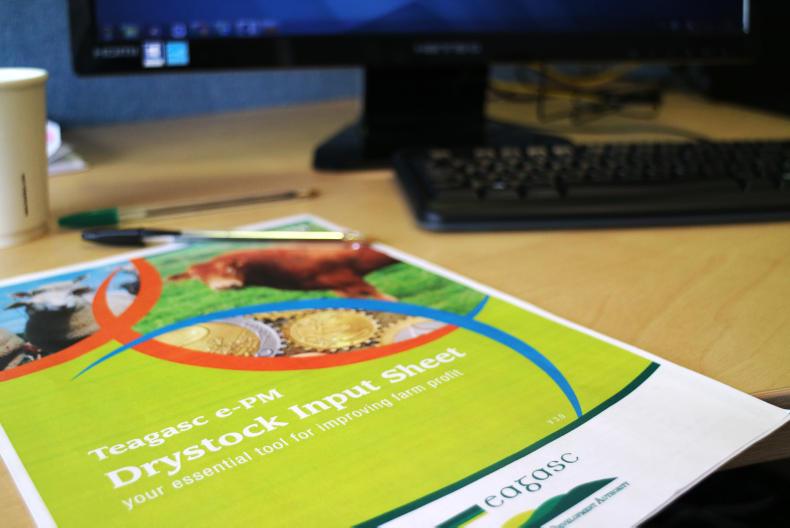
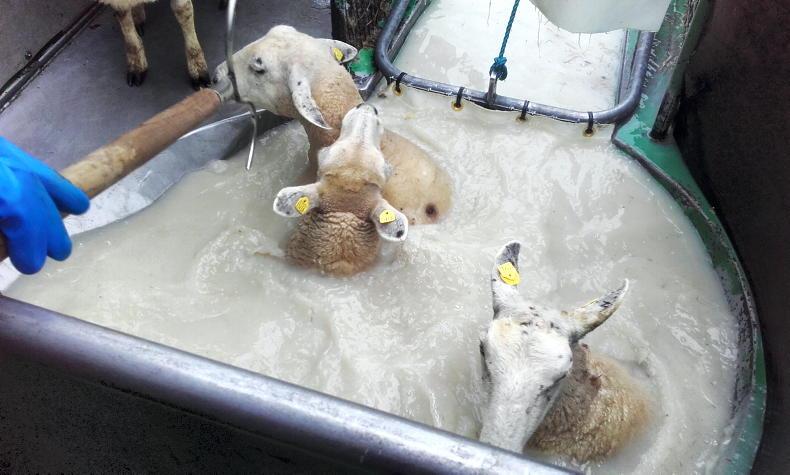

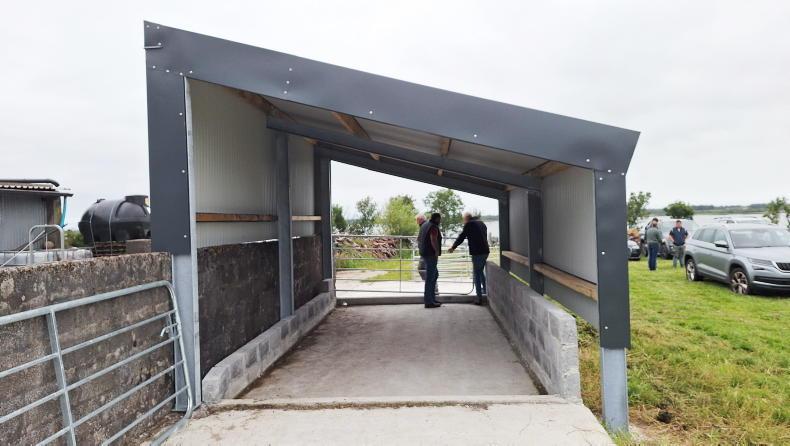
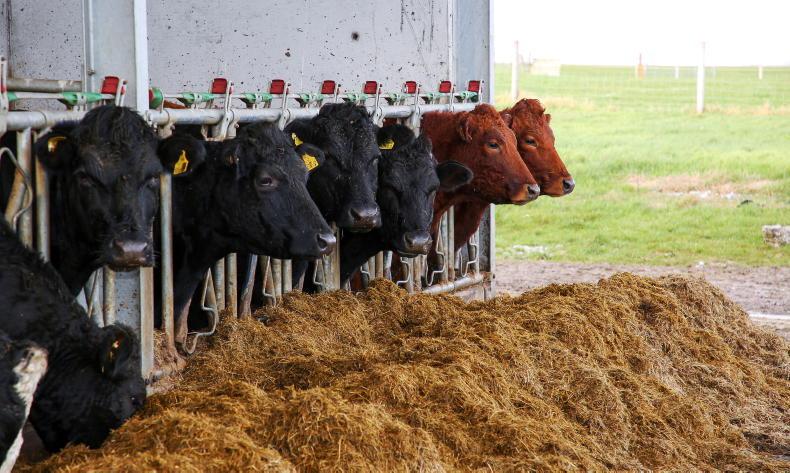
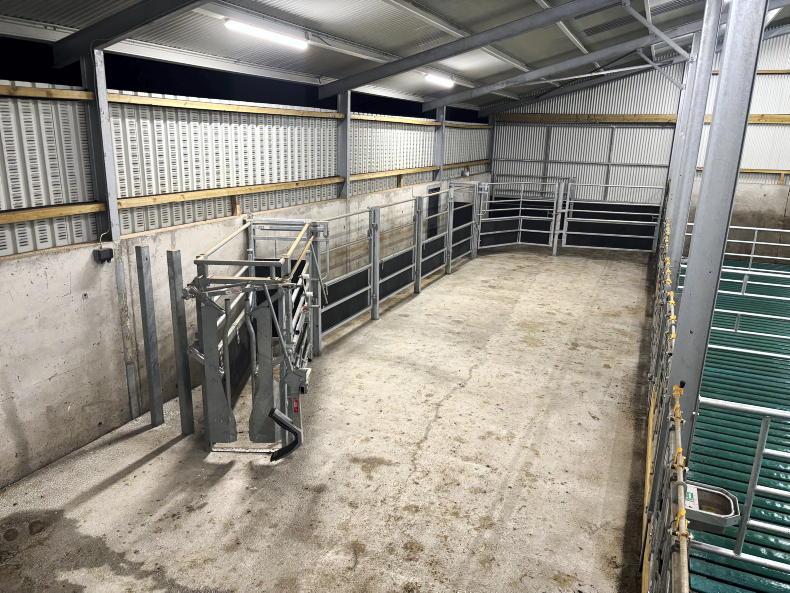
SHARING OPTIONS